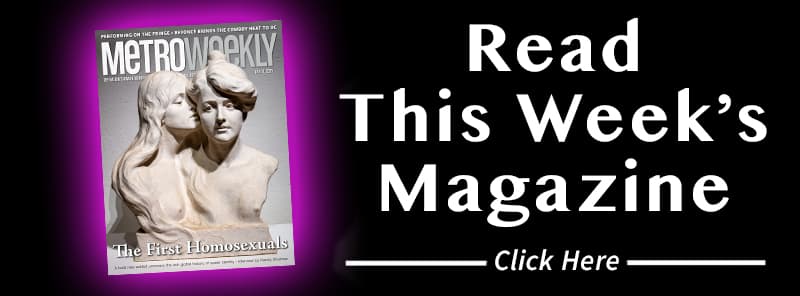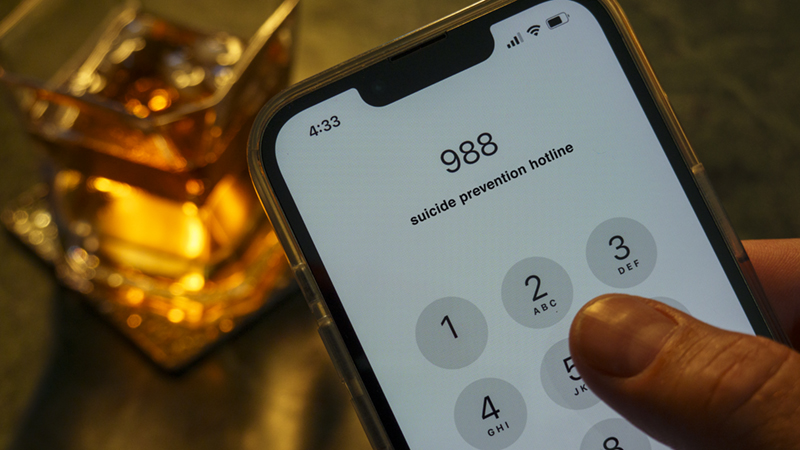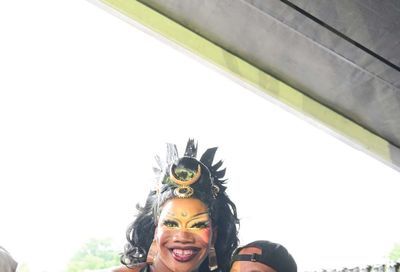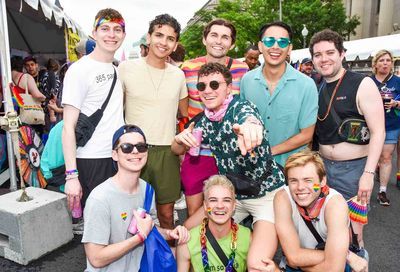1 in 4 High School Students Identify as LGBTQ
The increase in LGBTQ identity appears to be due increased societal acceptance, especially among younger generations.

A new survey finds that one in four high school-age students identify as something other than heterosexual.
According to an annual report from The Centers for Disease Control and Prevention, about 74% of teenagers between the ages of 14 and 18 say they are attracted to only the opposite sex — regardless of how they personally identify.
The data from the Youth Risk Behavior Surveillance System survey, which polled 17,508 teens from 152 schools around the country, found that just over 3% of teens identified as gay or lesbian.
Another 12% identified as bisexual, and another 9% marked “other” — which could include those who identify as pansexual, asexual, or who are “questioning.”
The number of self-identified LGBTQ people continues to rise each year, according to polls that ask about a person’s sexual orientation or gender identity.
A Gallup poll released in February showed that 7.2% of adult Americans identify as “something other than heterosexual,” with more than 1 in 10 millennials and about 1 in 5 people from Generation Z identifying as some form of LGBTQ identity.
However, anywhere from half to two-thirds of those of any age cohort — from Generation Z all the way to the “Silent Generation — who fell under the LGBTQ umbrella specifically identified as bisexual.
Some conservatives have previously opined that the increase in LGBTQ identification is the result of “social contagion,” in which increased LGBTQ visibility and acceptance of it lead some people — particularly those of younger generations — to “cave” to peer pressure or falsely label themselves LGBTQ to “fit in” socially.
But to most experts, the uptick in LGBTQ-identifying youth appears to be based on more plausible factors — greater LGBTQ acceptance and a higher level of comfort with identifying as LGBTQ, as well as changes in the wording of the question on the CDC survey.
The CDC even noted in its report that the increase in non-heterosexual students could be due to changes in question verbiage, and the added ability of survey respondents to answer “I am not sure about my sexual identity,” or “I describe my sexual identity in some other way,” as opposed to picking a rigid straight-or-gay category, reports The Hill.
Ritch Savin-Williams, a developmental psychology professor at Cornell University, told the right-leaning newspaper The New York Post that it may not be that the absolute number of people identifying as non-heterosexual has actually grown, but that more people who are not exclusively attracted to members of the opposite sex are now willing to “declare” their sexual orientation openly. That openness may also be attributable to increased visibility, especially on social media.
“Social media has added to this visibility that there are options that were not previously available,” Savin-Williams told The Post. “In a positive sense, it sort of says, ‘Hey, look, you don’t have to fit into these boxes.'”
According to the survey, nearly 70% of non-heterosexual-identifying students reported experiencing “persistent feelings of sadness and hopelessness.” More than half reported having poor mental health in the past 30 days. Additionally, nearly 1 in 4 non-heterosexual youth reported attempting suicide at some point in the past year.
In its summary of the survey results, the CDC recommended that schools create more “inclusive” environments for LGBTQ teens, allowing them to join Gender and Sexuality Alliance clubs, creating “safe spaces” where they can speak to adults about their troubles, and adopting policies to discipline those who verbally harass or physically attack LGBTQ teens.
The CDC claims that schools that fostered such environments saw improvements in health and well-being among LGBTQ-identifying youth and their heterosexual peers.
However, several conservative states recently adopted laws or policies aimed at prohibiting schools from broaching LGBTQ topics with youth in any manner, often in the name of protecting children or respecting parents’ ability to make decisions about the information made available to their children.
For example, the Florida Board of Education recently expanded the state’s “Parental Rights in Education” law — dubbed the “Don’t Say Gay” law due to its ban on mentions of sexual orientation or gender identity, even in passing — to apply to all elementary and secondary grades.
As such, it is unlikely that schools in Florida will be able — or even willing — to adopt the CDC’s recommendations.
Support Metro Weekly’s Journalism
These are challenging times for news organizations. And yet it’s crucial we stay active and provide vital resources and information to both our local readers and the world. So won’t you please take a moment and consider supporting Metro Weekly with a membership? For as little as $5 a month, you can help ensure Metro Weekly magazine and MetroWeekly.com remain free, viable resources as we provide the best, most diverse, culturally-resonant LGBTQ coverage in both the D.C. region and around the world. Memberships come with exclusive perks and discounts, your own personal digital delivery of each week’s magazine (and an archive), access to our Member's Lounge when it launches this fall, and exclusive members-only items like Metro Weekly Membership Mugs and Tote Bags! Check out all our membership levels here and please join us today!




























You must be logged in to post a comment.